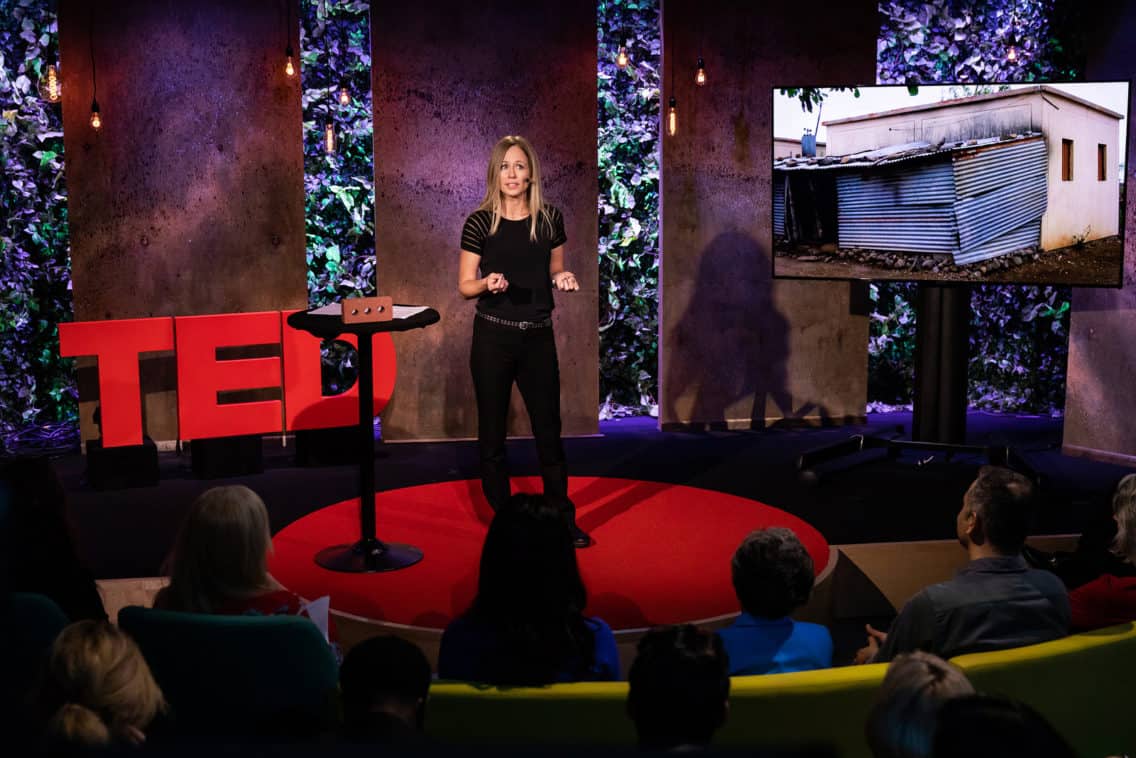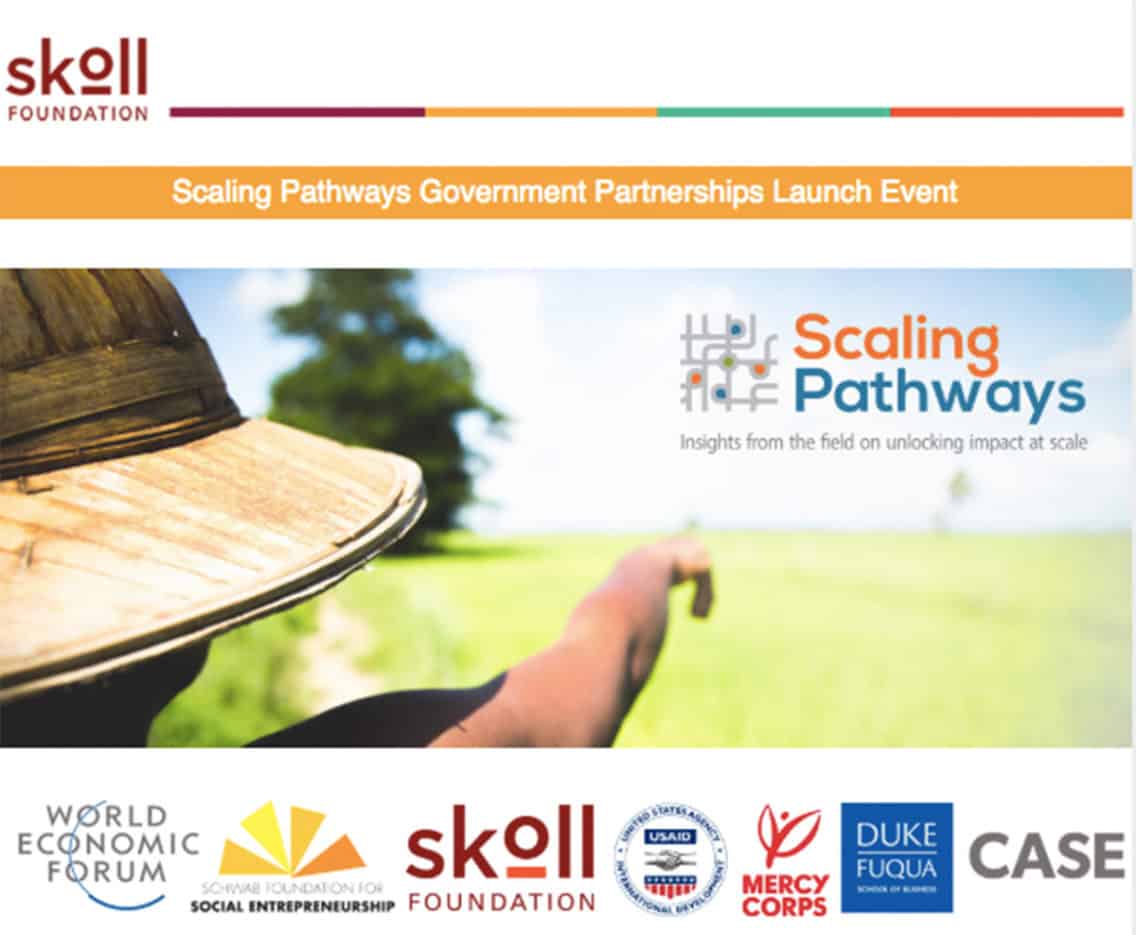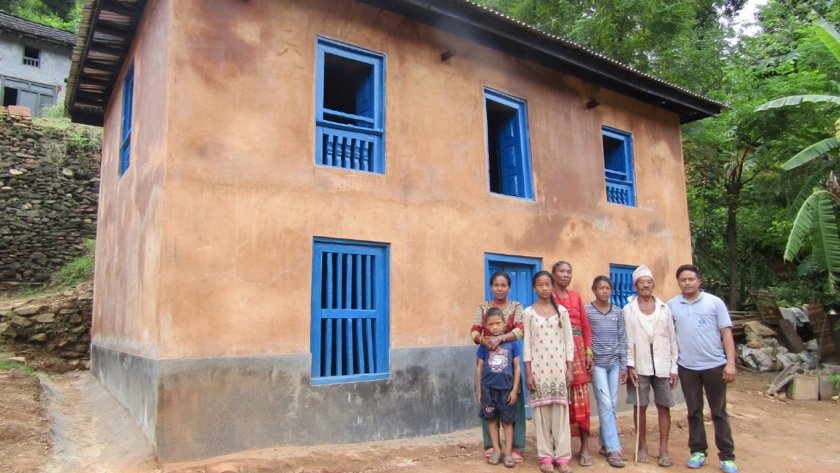Dear Friends of Build Change,
Five years ago, in the wake of a massive 7.8 earthquake that instantly destroyed more than a million homes in Nepal, Build Change began its most ambitious post-disaster program to date.
Nepal today is a country with better, stronger, safer housing, achieved through Build Change’s powerful combination of resilient building, national housing policy change, and pioneering technologies designed to empower homeowners to rebuild better.





